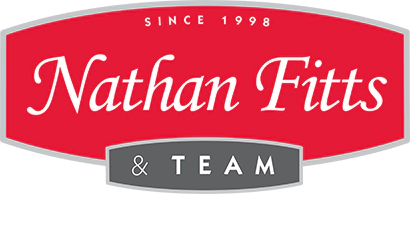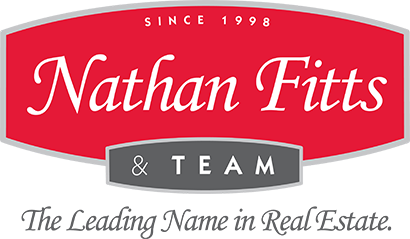
Choices, Choices, Choices
Mortgages are like golf – less is more, and lower numbers are better than larger numbers.
Although — just like golf — there are nuances to the business of researching, applying for, and acquiring a mortgage. That’s because there are so many options. It used to be simple: two choices: 30-year conventional or 15 year conventional. Done.
Now there are ARMs, VAs, FHAs, and a whole host of other acronyms. So, like everything, sorting through all the intricacies takes time, effort, and sometimes professional help. Nathan Fitts & Team always has your back, so let’s dive in for a closer look.
But for simplicity sake, let’s keep this discussion to just the 30-year and the 15-year fixed.
The main draws of 15-year fixed-rate (conventional) loans are their lower interest rates and the fact that they’ll be paid off more quickly. Like any fixed-rate loan, they also offer stability; the monthly payment won’t change no matter what happens to inflation or market interest rates. The monthly payment will be much higher than that of a 30-year loan for the same property due to the shorter term, and that might make it harder to qualify for the loan.
One of the main appeals of a 30-year conventional (other than a lower monthly payment, of course) is that you can probably claim a sizable tax deduction based on interest payments for your 30-year loan, especially in the early years, when most of your payments go toward interest. Like the 15-year (the reason it’s called a fixed rate loan) you pay the same amount every month.
So, which one is best for you? Well, that depends on your personal preference, your money situation, your lifestyle and a host of other variables. If you don’t plan to stay in the same house for an extended period of time, or if you want a lower rate, a 15-year fixed-rate mortgage might be a better option than the 30-year.
Of course if you enter into the 30-year thinking you can make extra payments as you go along you might be surprised at how comfortable that monthly rate becomes, and how many other things come up in the course of life to spend the well-intend extra money on.
The simple difference in a 15-year versus 30-year conventional mortgage is that one is paid off in 15 years and the other takes 30 years to pay off. Uh – duh, right?
Because a 30-year mortgage has a longer term, your monthly payments will be lower and your interest rate on the loan will be higher. That means over the 30-year term you’ll pay less money each month, but you’ll also make payments for twice as long and give the bank thousands more in interest.
On the other hand, a 15-year mortgage has higher monthly payments. But because the interest rate on a 15-year mortgage is lower and you’re paying off the principal faster, you’ll pay a lot less in interest over the life of the loan. Plus, you’ll be in debt for half the time.
One other consideration in favor of the 15-year – if you can swing it – is that you will build equity in the house at a much faster rate.
Lastly, as with golf – where you have choices like club selection, type of golf balls, even the course you play – you have choices in mortgages. The good news is that the differences between these choices has narrowed in recent years in terms of interest rates – 30-year rates and 15-year rates are now only ¾ point apart. That means choices are guided by fewer variables.
In the end, it’s really pretty simple. Based on budget, what can you afford and what are your plans for the future. Plug those in and off you go.
Recent Articles

